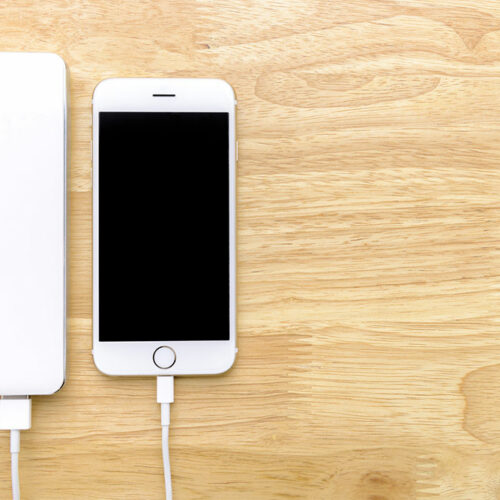6 common home lighting mistakes to avoid

Bad lighting can break the functionality and ambience of a home, while good lighting elevates it. Some common home lighting mistakes can be addressed by simple research and maybe some advice from a professional. It is important to consider the three types of lighting—accent, ambient, and task—when choosing lighting options for the home. Here are six mistakes that are quite common when it comes to choosing home lighting and should be avoided. Installing recessed lighting High ceilings are impressive enough; cramming them with recessed lighting is unnecessary. It tends to make the room look dull and uninviting, not to mention it only serves the purpose of ambient lighting, making it quite non-functional. If creating a warm, cozy, and functional vibe is the agenda, don’t depend on recessed lights alone. Use scones for the walls, floor lamps for corners, and chandeliers or pendant lights for the ceiling to give the room character. Not considering task lighting While ambient and accent lighting add to the allure and feel of the room, task lighting is the more functional aspect of lighting. Illuminating the kitchen or workspace with direct lights, bright enough to avoid shadows or dark spots, is called task lighting. These can be achieved in reading corners by adding floor lamps and pendant lights, and under-cabinet lighting or track lights for kitchen spaces.






